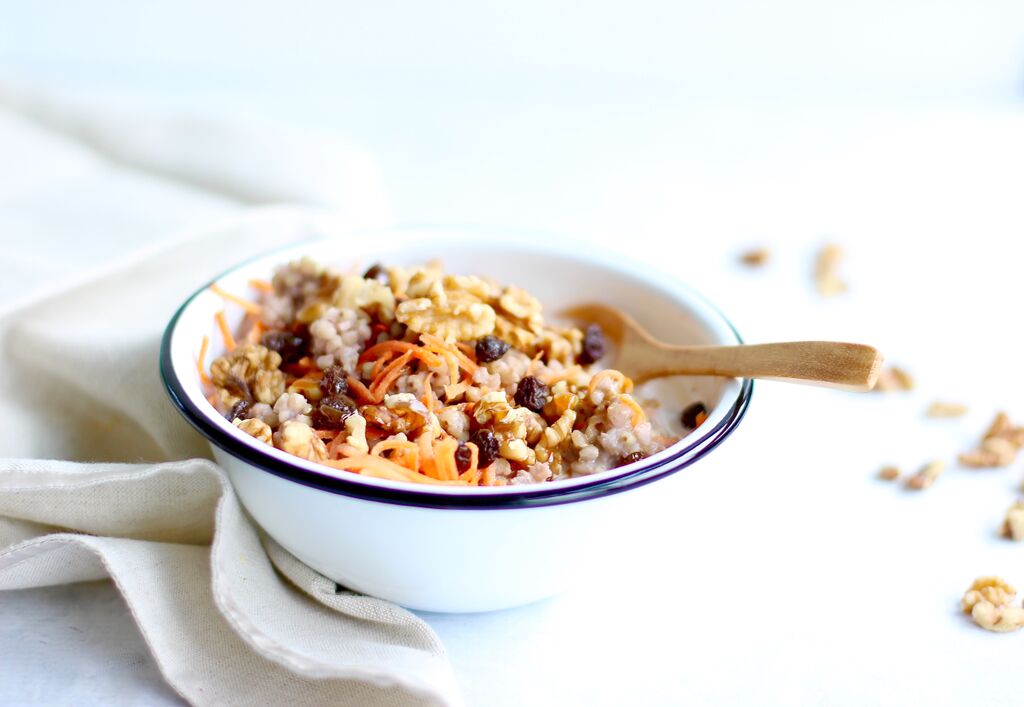Reflect on the open and start working towards your new goal.
So far this post should encourage some thinking about
- your goal(s)
- the process involved in achieving that goal
Many of you have started replying back to me which is fantastic! I am reading and responding to all responses so please keep them coming. Especially if you need help or feedback.
Lets dig a little deeper into “The process”
Here are some hypothetical scenarios for the process of achieving a training goal.
1. Achieving a high level gymnastics skill
Eg straddle press from the floor
Minimum time investment 12- 36 months
What would training look like?
3-4 hours per week on mobility
3- 4 hours per week on joint, core and upper body strengthening
Compliance with nutrition- 90- 99%
De-emphasising weight training- especially for the lower body- (Yes, this means giving up squatting :/)
Personal characteristics of the person likely to succeed at this goal.
Doesn’t mind working out solo for long periods of time. Is diligent with mobility and is very productive in sessions outside of a class setting. Is always willing and able to see a coach face to face on a regular basis.
Social life- largely unaffected as long as nutrition stays perfect- bragging rights very high and Instagram worthy once skill is ticked off.
2. Achieving a moderate level gymnastics skill
Strict ring muscle up- assuming pre- requisite strict pull ups are already present
Minimum time investment 6- 12 months
What would training look like?
Attending CrossFit classes consistently for general preparedness. Minimum 4 times per week.
Dedicated mobility training- 2 hours per week
Dedicated joint, strength, core work 2 hours per week.
Compliance with nutrition? 80 - 85% of the time.
Social life- unaffected
Personal characteristics- this type of person is motivated by a group and finds is consistent with attending classes at the gym. Willing to do extra training solo a few times per week after class and attends gymnastics classes.
Willing to see a coach for individual coaching on a semi regular basis to check in on progress.
Write down something like this for the goal that you have set.
Does the process impact your life in a positive way?
Does this process help you become a healthier person?
Does the process challenge you enough?
If you answered yes, awesome!
If you have written down a goal like
Qualify for the CrossFit regionals
Or
Run a marathon
..and you aren’t quite sure what that entails. Speak to someone else who has recently achieved the same goal. Have a chat to them about how they went about achieving it.
Alternatively, lets sit down and discuss it together face to face. Just respond to this email to book in a time :)
Once you know your goal and the process that you are committing to, its time to start chipping away at your goal.
I recommend using some type of Training Journal.
Did you know that Lachy and Raph created a The Mind Muscle Project Training Journal to help people all around the world achieve their training goal in 100 days.
You can check it out here and if you use the code “Creature” you get 10% off and you can pick it up at the gym.
What is the main purpose of having a training journal?
ACCOUNTABILITY.. knowing that you have to open it up every day and write down a few things about what you did to work towards your goal.
I recommend the MMP training journal because all the prompts are built in. All you have to do it open it up and answer questions. Plus it is packed full of high quality content from fitness professionals from all around the world.
Post Open Reflection
Participating in The Open is normally filled with highs and lows and lots of learning experiences. This applies whether you are a first timer or an experienced athlete.
It takes an enormous amount of preparation in the off season and during the five weeks of competition it is mentally and physically demanding. It is important to reflect on your achievements and or failures once it is complete.
I like to set it out like this
3 things that went well
1. Executed most workouts according to plan
2. Only re-attempted 1 workout (18.2)
3. Gave FULL effort in each and every workout
3 things I could improve on for next time
1. Be less distracted during training sessions. Specifically, I will aim not to look at my phone or respond to emails during training.
2. I felt that my training suffered during the open period. I started taking too many rest days in the final 2 weeks of the open.
3. Spend more time during the year working to improve my deadlift.
Once that is done and dusted, Ev's extra's will start digging into Nutrition :)
Coach Ev






